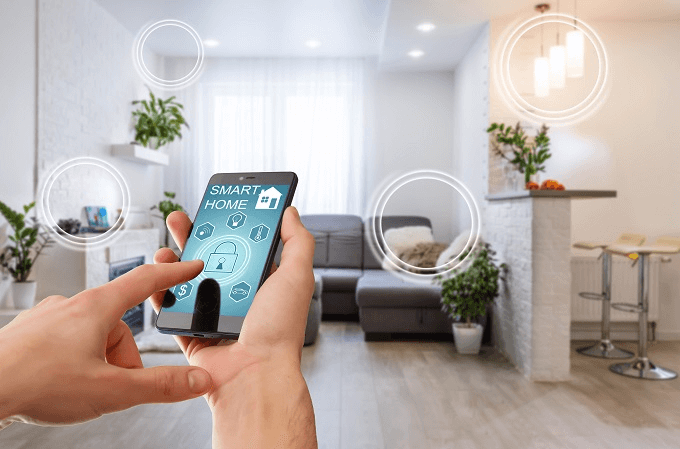In today's fast-paced world, the concept of a smart home has transformed from a futuristic dream into a practical reality. For homeowners and businesses alike, setting up a smart home offers unparalleled convenience, efficiency, and security. However, diving into the world of smart home technology can be overwhelming without a proper guide. This smart home setup checklist aims to simplify the process, ensuring a seamless transition to a smarter living environment.

Understanding Your Needs and Budget
Before embarking on your smart home journey, it's crucial to assess your specific needs and establish a budget. A well-defined budget will not only prevent overspending but also help prioritize which smart devices are essential. Start by identifying the key areas in your home or business that could benefit the most from automation. Consider aspects such as security, energy efficiency, and entertainment.
Once you've outlined your priorities, research various devices that cater to your requirements. Websites like Vivint's Smart Home Installation Guide offer valuable insights into choosing the right devices for your needs.
Choosing the Right Smart Devices
With a plethora of smart devices available on the market, selecting the right ones can be daunting. Focus on acquiring devices that offer compatibility and integration with other gadgets. This ensures that your smart home system functions cohesively. Key devices to consider include smart thermostats, lighting, security cameras, and voice assistants.
For a comprehensive understanding of smart home components, you can explore more on Smart Home Automation Explained.
Smart Thermostats
Investing in a smart thermostat can significantly enhance energy efficiency. These devices learn your schedule and adjust temperatures accordingly, leading to reduced energy bills. Popular options include the Nest Thermostat and the Ecobee SmartThermostat.
Smart Lighting
Smart lighting systems allow you to control brightness and color with a simple voice command or through a mobile app. This not only adds convenience but also contributes to energy savings. Consider systems like Philips Hue or LIFX for customizable lighting solutions.
Setting Up a Reliable Network
A strong and reliable internet connection is the backbone of any smart home setup. Ensure your Wi-Fi network is robust enough to handle multiple devices simultaneously. You may need to upgrade your router or invest in Wi-Fi extenders to improve coverage throughout your home or business premises.
For tips on maintaining a seamless network, visit Smart Home Maintenance Tips.
Ensuring Security and Privacy
Security is a paramount concern when it comes to smart homes. Protecting your network and devices from cyber threats requires vigilance. Regularly update your devices' firmware and use strong, unique passwords for each device. Consider investing in a smart home security system that includes cameras, motion sensors, and alarm systems.
Explore additional security measures on Smart Home Security Tips.
Installation and Configuration
Once you've chosen your devices, it's time to install and configure them. Most smart devices come with user-friendly installation guides, making the process relatively straightforward. However, for those who prefer professional installation, many companies offer expert services to ensure everything is set up correctly.
For a step-by-step guide on DIY installations, check out DIY Smart Home Setup.
Integrating Smart Assistants
Smart assistants like Amazon Alexa, Google Assistant, and Apple Siri can serve as the central hub for your smart home. These voice-activated assistants allow you to control various devices with simple commands. Integrating a smart assistant can significantly enhance the overall smart home experience, offering hands-free convenience.
Regular Maintenance and Updates
To ensure your smart home continues to function optimally, regular maintenance is essential. This includes updating device software, checking for any connectivity issues, and ensuring all devices are working as intended. Regularly reviewing your setup can help identify areas for improvement and potential upgrades.

FAQs
What is the first step in setting up a smart home?
The first step is assessing your needs and establishing a budget. Determine which areas of your home or business will benefit the most from automation.
How can I ensure my smart home is secure?
Regularly update your devices' firmware, use strong passwords, and consider investing in a comprehensive smart home security system.
Do I need a professional to install my smart home devices?
While many devices are designed for easy DIY installation, professional installation services are available for those who prefer expert assistance.
For more tips and guides on smart home setups, you can visit Asurion's Smart Home Checklist.

